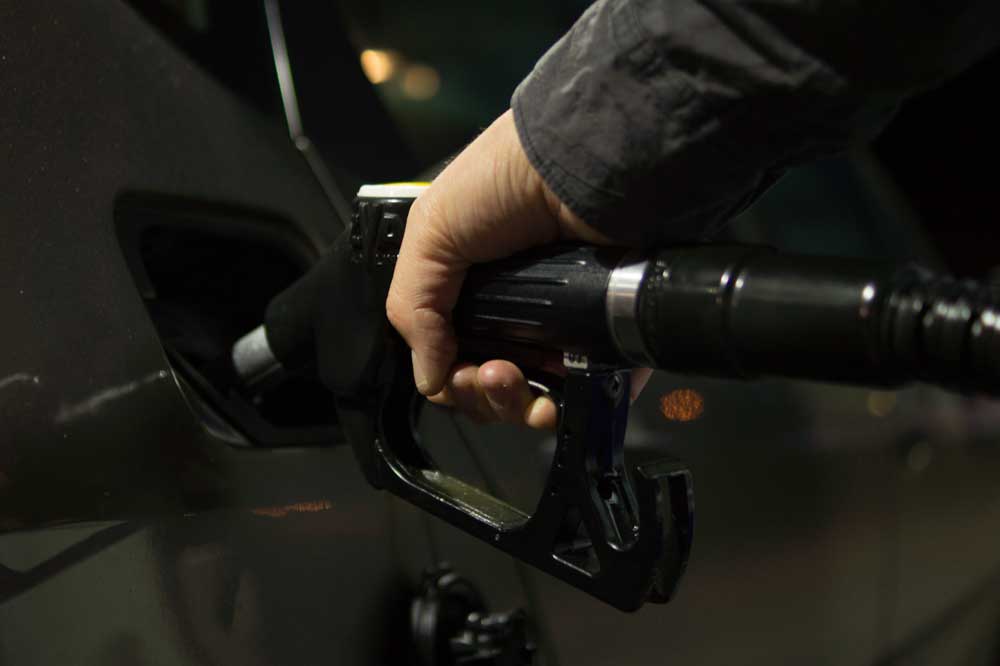Blog

Fuel Economy Tips
10/30/2018
Tips for Accurately Measuring Fuel Mileage
Welcome to rising gas prices! We are just as thrilled to be buying it as you are. While we have no snake oil or magic bullets to offer, we can help you to not waste money. This is far from a complete guide, but covers the basics.
First we will cover how to measure fuel mileage properly. It is recommended that fuel mileage be recorded and averaged over at least five tanks. Allow the fuel nozzle to shut off by itself every time and DO NOT TOP OFF THE TANK! Zero the trip meter or note the mileage. When the tank is refilled, divide mileage driven by gallons used.
Because of the complicated emissions systems in use since 1996, it is nearly impossible to fill a fuel tank to the same level twice, and topping off will damage the emissions system. Also, gasoline expands and contracts with temperature, so when the fuel coming out of the nozzle is over about 70 degrees F, you are getting less energy in every gallon of fuel.
Still awake? Good, it gets even worse. The ethanol added to fuel in Arizona reduces fuel mileage. Oh, and don’t forget that almost no odometer is perfectly accurate, so you will need to measure 10 miles of highway markers and divide the number driven by 10. This will give you your odometer error in %, which will then need to be used to correct your measured fuel mileage.
Tips for Maximum Fuel Economy in Non-Hybrid Vehicles
Here is a list of some items that affect fuel economy, in order of importance:
- TIRE PRESSURE: This is so important. Not only are tires expensive, but they wear much faster and reduce fuel economy if under-inflated. Tires should be checked at least once a month and inflated to the pressure indicated on the driver’s door jamb. Keep in mind that the pressures listed are cold, so 1 PSI must be added for every 10 degrees that the tires are above 60 degrees F (example: if tires are 100 degrees, add an extra 4 PSI)
- DRIVING STYLE: You cannot drive like a maniac and get best fuel economy. No cheating this one. Slow down and save gas.
- FUEL OCTANE RATING: This is the most polarizing advice we give. While your vehicle may have been designed to run on 87 octane regular, it may very well run more efficiently on 91 octane. This is because of carbon building up in the engine and our extremely hot and dry weather. This is not true of all cars, but almost every Toyota, Lexus and Scion can benefit to some degree. We recommend trying 3 to 5 tanks of premium and monitoring gas mileage and performance. At $0.20- $0.25 more per gallon, we have seen increases of .5 to 2.0+ miles per gallon with better throttle response and power. In addition, premium fuel typically comes with a better additive package and keeps the engine cleaner.
- TIRES AND WHEEL ALIGNMENT: All tires are different in regards to how much energy it takes to make them roll down the road. Many off road tires can reduce fuel economy drastically, while there are also a large number of tires made specifically for increasing fuel mileage. Since we don’t sell tires, we can recommend the best tire for your particular vehicle. Wheel alignment can affect mileage, and is inspected visually at each service. We will recommend it as needed.
- MAINTENANCE AND REPAIR: This is not nearly as important as the “lube and tune” shops would have you believe, but there is some truth to it. On the other hand, over-maintaining your car does nothing but waste money.